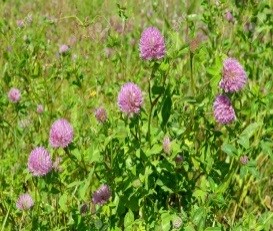Area
Occurs in Europe, North Africa, West and Central Asia. In the European part of Russia, Siberia, the Far East and Kamchatka.
Botanical description of the plant
Grasses are perennial, the leaves are oval. A plant belonging to the legume family. Plant, reaching 15-60 cm in height. Sebarga blooms from May to September. The fruit is ovoid with a single seed pod.

Medicinal properties
Urinary drive in kidney disease. As an analgesic in headaches, antiseptic in purulent wounds, has a positive effect on pneumonia, bronchitis and colds, anemia, vasoconstrictor and metabolism.
Growing technology
The soil is plowed to a depth of 30cm. The area planted with sebar should be free of weeds. Weeds can take over the land until the grass grows slowly, so they need to be cleaned regularly. As fertilizers, mainly mineral fertilizers are used nitrogen, phosphorus and potassium. Phosphorus-potassium fertilizers are applied during the sowing period and in the fall. Yields are high in the first year, and in subsequent years there is a decrease in yields. Seeds are treated with rhizotorfin or nitrogin before sowing. These substances promote the rapid growth of nodular bacteria in the root system, which leads to high yields. Sowing of seeds is carried out in special seed drills. The sowing rate is 15-16kg / ha. Seeds are sown at a depth of 2–3cm.





